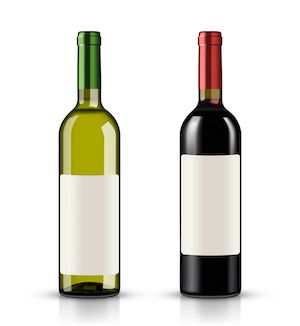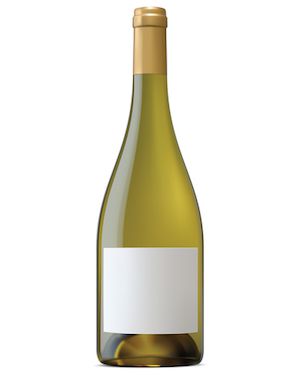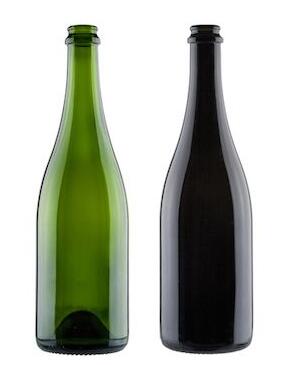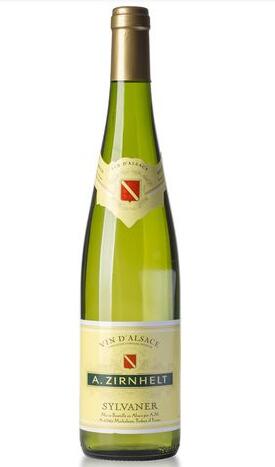
If you buy a bottle of cabernet sauvignon, merlot, malbec, zinfandel, sauvignon blanc, chenin blanc, pinot grigio or one of the currently popular red blend wines, it will probably come in a bottle known as a Bordeaux bottle, also called a claret. It has high shoulders that may have been designed to hold the sediment in the bottle, or the shoulders could have been shaped that way to differentiate it from a Burgundy bottle, according to VinePair. The bottom of the bottle usually has a high indentation, called a punt or kick up. This indentation may also have been designed to help keep sediment in the bottle, but there is no conclusive evidence. The Bordeaux is the most widely used wine bottle shape used today.
The Burgundy bottle

Before there was the Bordeaux bottle, there was the Burgundy bottle with its more delicate shoulders and style. It's body is a little wider than a Bordeaux. Wines such as pinot noir, chardonnay, pinot gris, beaujolais, and some fruit wines are often found in this type of bottle, and it's often a choice for rosé wine, too. A slightly modified version of the Burgundy bottle is the Rhone bottle. It's a little taller and thinner and used for wines like grenache, syrah or shiraz.
The Champagne bottle

You may have noticed that some wine bottles have gotten lighter recently for environmental reasons. The heavier they are, the more fuel it takes to ship them so bottle manufacturers have been lightening them up. But Champagne bottles need to stay thick and sturdy because the contents are under pressure. The same pressure that makes a cork fly out of the bottle could make the glass shatter, so these bottles need their heft.
Champagne bottles have a deep punt on the bottom and gently sloping shoulders. It's not just Champagne that goes into these bottles. All sparkling wines, such as prosecco, cava or sekt, need the heaviness of this style.
The Hock bottle

The Hock bottle is tall and slender with a delicate neck. These are some of the more colorful bottles. They can be brown, green, clear or blue. The bottle is also goes by the name Mosel. This shape seems to have originated in the Mosel region of Germany or the Alsace region of France, and it's used most frequently for riesling, gewürztraminer and dessert wines.
Of course, there are variations of all of these bottles used and some bottles that are shaped differently — think the round Chianti bottles of the 1970s and '80s or the beautifully curvy rosé bottles of Provence. But, if you look around any wine shop, the majority of the bottles you see will be Bordeaux, Burgundy, Hock or Champagne shaped.







